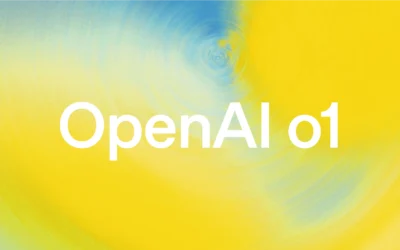GPT-3: The Language Model Revolutionizing NLP

The recent advancements in natural language processing (NLP) have led to the development of powerful language models, with OpenAI’s GPT-3 leading the pack. GPT-3 is a language model that uses deep learning to generate human-like text, making it one of the most advanced NLP systems currently available.
With 175 billion parameters, GPT-3 is the largest language model to date. Its impressive size and complexity allow it to generate high-quality text in a wide range of styles and formats, including poetry, news articles, and even computer code.
One of the most remarkable features of GPT-3 is its ability to perform tasks without explicit instructions or training. This is achieved through a technique called unsupervised learning, where the model learns to predict the next word in a sequence of text, based on the context of the preceding words.
GPT-3 has already been used in a wide range of applications, including chatbots, content creation, and even programming. Its versatility and power have made it a valuable tool for businesses and researchers alike.
However, GPT-3 is not without its limitations. The model can generate biased or offensive content, and it’s not always clear how it arrived at a particular output. This has led to concerns about the ethical implications of using such powerful language models, and the need for careful consideration of their potential impact on society.
Despite these challenges, GPT-3 represents a significant step forward in the field of NLP and has the potential to revolutionize the way we interact with language. As research continues to advance, we can expect even more sophisticated language models to emerge, with the potential to transform our relationship with language in ways we can only imagine.






